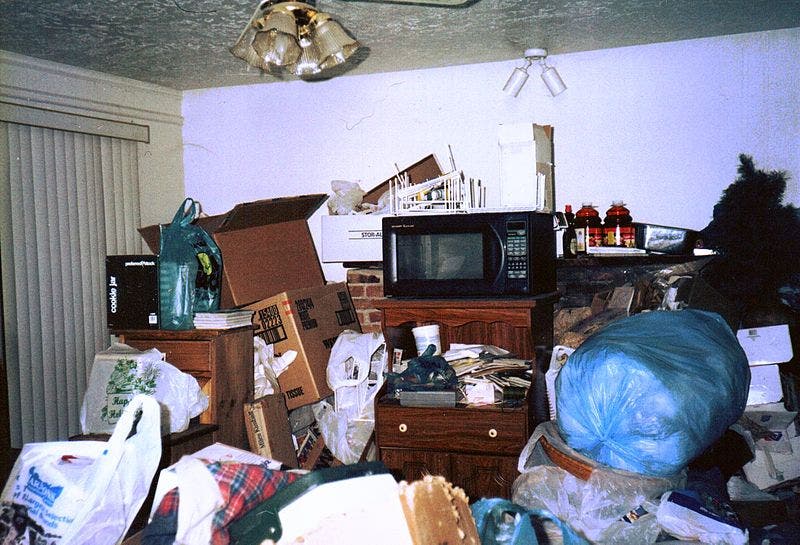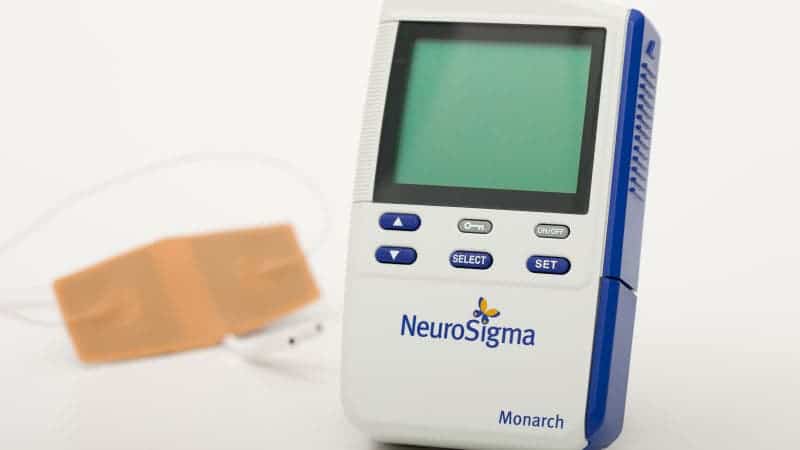
Living with too much stuff inside a cramped apartment sounds like a staple of modern life, but some people do take it too far. Acquiring an excessive number of items and storing them in a chaotic way has a name: hoarding. It’s even recognized as a clinical mental health disorder and is generally associated with negative outcomes in terms of quality of life. But mental health disorders rarely occur in a complete vacuum and are often associated with other disorders. So it might not be surprising to learn that people diagnosed with attention-deficit/hyperactivity disorder (ADHD) are also more likely to be hoarders, according to a new study.
Pay attention to the clutter around you
Hoarding, a mental health condition that was formally recognized fairly recently, in 2013, when it was added to the DSM-5 (the American Psychiatric Association’s primary handbook for diagnosing mental health conditions), involves the compulsive need to keep objects, many of which can be described as mere trinkets or even trash such as old newspapers. Sometimes, the hoarding of animals is involved. In the hoarder’s mind, one question comes up again and again whenever encountering an object: What if I need it one day? But that rarely if ever happens. Instead, the hoarder’s home is turned into an unlivable warehouse, with barely enough room to move but always enough to spare for the next shiny thing.
Hoarders experience a great deal of anxiety when attempting to discard items and find it difficult to organize their possessions, which explains why some of their homes look like a claustrophobic tangled mess. This behavior can have serious deleterious effects for both the hoarder and their family members, including emotional distress, social isolation, financial problems, and even legal consequences — all depending upon the severity of the condition.
That’s because, just like many other psychiatric conditions, clinical hoarding is on a spectrum. Indeed, hoarding-like behavior is common among many healthy, well-adjusted individuals. And who here can say with a straight face they’ve never impulsively bought useless crap that is now just gathering dust somewhere in the house. We’re talking about extremes, though. At level 1, although the home is visibly cluttered, the doors, windows, and stairs are still accessible. By level 5, the most severe hoarding level, the degree of clutter is extreme, blocking virtually all living quarters. Rotting food, excessive bugs, and poor animal sanitation often infest such homes, raising serious health concerns for people and their pets.
Hoarding disorder is formerly associated with obsessive-compulsive disorder (OCD), but researchers at Anglia Ruskin University were curious to see if there was any connection with ADHD too. In the first leg of their study, the researchers asked patients from an adult ADHD clinic in the UK to fill in a series of questionnaires designed to gauge various traits and behaviors, including hoarding. A control group of similar age, gender, and education, which involved people not diagnosed with ADHD, had to answer the same questions.
This preliminary study found that about 20% of the ADHD participants reported significant hoarding symptoms compared to just 2% in the control group, which is close to the previously reported 2.5% prevalence of hoarding disorder in the general population. The patients with the most severe hoarding symptoms were also likely to suffer from anxiety and depression.
This is the first study that found an association between ADHD and hoarding disorder, so further research is warranted. This is also important from a therapy standpoint since hoarding disorder is very challenging to address, particularly because people with this condition are rarely aware they have a problem. Hoarders rarely recognize or accept that they may be suffering from a mental condition, or simply downplay it.
For instance, one significant aspect of this study is that the average age of the participants with ADHD and hoarding disorder was 30, with both genders equally represented. This challenges the popular imagery of an elderly female surrounded by a mountain of clutter and a dozen cats. Future interventions may be designed to address both ADHD and hoarding disorders in younger individuals before their effects precipitate as the patient ages.
The findings were reported in the Journal of Psychiatric Research.






